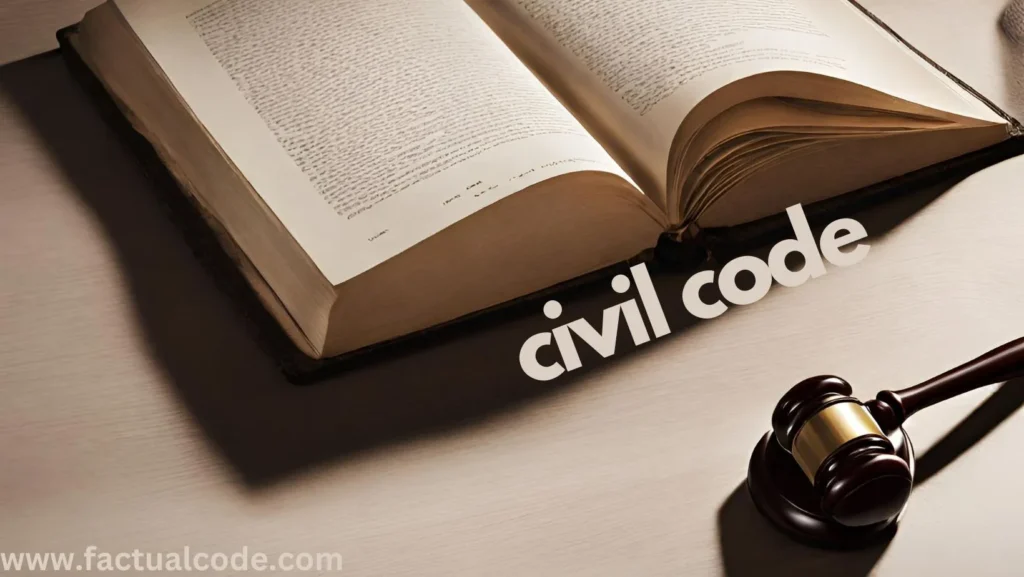💡 Key Difference: Limitation bars legal action after a certain period has elapsed, whereas estoppel prevents a party from contradicting their previous statements or actions in legal proceedings. While both concepts restrict rights, limitation deals with time constraints, and estoppel focuses on fairness in representation. For an overview of the entire structure and functioning of the CPC, check out our guide on How to Read CPC (Code of Civil Procedure, 1908).
Introduction
Within the framework of civil law, the doctrines of limitation and estoppel serve as critical legal mechanisms that uphold judicial efficiency and equity. Despite their shared objective of preserving legal order, these principles diverge in their conceptual foundations, legal implications, and applications. Understanding these distinctions is essential for legal scholars and practitioners aiming for a comprehensive grasp of procedural and substantive justice.
Limitation
Definition and Rationale
Limitation refers to the statutory period within which legal proceedings must be initiated. Once this period expires, the right to seek judicial recourse is extinguished, although the substantive right itself may remain.
Purpose
The doctrine of limitation serves several key objectives:
Legal Certainty: It ensures that claims are resolved within a reasonable timeframe, fostering predictability in legal relationships.
Efficiency: It alleviates the burden on judicial resources by discouraging stale claims.
Timely Assertion of Rights: It encourages litigants to promptly assert their claims.
Governing Framework
In India, the Limitation Act, 1963, delineates the statutory periods for various types of legal claims.
Nature and Application
Limitation is procedural in nature, regulating the time within which legal action must be taken without affecting the underlying substantive rights.
Scope
Limitation applies broadly across civil law, encompassing cases such as:
Contractual disputes
Tortious claims
Property litigation
Debt recovery actions
Illustrative Examples:
Recovery of Debt: A three-year limitation period begins from the date the debt becomes due.
Property Disputes: The limitation period for suits involving possession is twelve years from the date of dispossession.
Legal Implications
Failure to file a suit within the prescribed limitation period typically results in dismissal, irrespective of the merits of the case.
Jurisprudential Reference
Balakrishnan v. M. Krishnamurthy (1998) The Supreme Court underscored that the limitation principle is essential for judicial efficiency, not a mere procedural technicality.
Estoppel
Definition and Rationale
Estoppel prevents a party from contradicting previous statements, actions, or representations when such behavior has induced reliance by another party.
Purpose
The doctrine aims to promote fairness and equity by barring opportunistic behavior that would otherwise lead to unjust outcomes.
Legal Framework
Estoppel is codified under Sections 121 to 123 of the Indian Evidence Act, 1872. The Bharatiya Sakshya Adhiniyam, 2023, has further codified analogous provisions under Sections 121, 122, and 123.
Nature and Applicability
Estoppel is substantive in nature, influencing the rights and obligations of the parties.
Categories of Estoppel:
Estoppel by Record (Res Judicata): Prohibits re-litigation of matters conclusively decided by a competent court.
Estoppel by Deed: Binds parties to representations made in formal legal documents.
Estoppel by Conduct (Estoppel in Pais): Arises when actions or silence induce reliance.
Promissory Estoppel: Prevents a party from reneging on a promise that the other party relied upon to their detriment.
Legal Implications
Successful invocation of estoppel precludes a party from asserting contradictory claims, thereby ensuring equitable outcomes.
Jurisprudential Reference
Central London Property Trust Ltd. v. High Trees House Ltd. (1947) This landmark case established the principle of promissory estoppel, emphasizing the enforceability of promises relied upon in good faith.

Conclusion
Limitation and estoppel serve distinct but complementary roles in the legal landscape. Limitation emphasizes judicial efficiency by mandating timely dispute resolution, whereas estoppel underscores equity by preventing inconsistent or opportunistic conduct. Together, these doctrines uphold the twin pillars of justice and legal certainty, ensuring a balanced and equitable legal framework.

